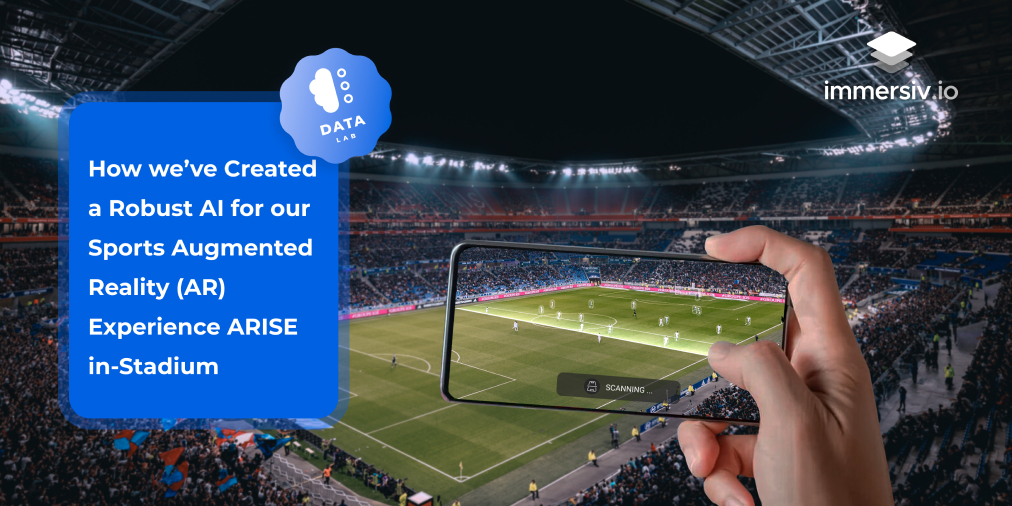How We’ve Created a Robust AI for Our Sports Augmented Reality (AR) Experience ARISE in-Stadium
31/03/2021
How We’ve Created a Robust AI for Our Sports Augmented Reality (AR) Experience ARISE in-Stadium
31/03/2021

Discover here a very interesting article made by our Data Lab and focusing on the work done to create a robust deep learning model allowing sports fans to enjoy a real-time augmented reality experience in stadiums! Artificial Intelligence (AI) plays a significant role in the growth of Immersiv.io’s products. It is critical for us to provide our users with a fast and simple-to-use experience at their fingertips, using the most cutting-edge AI technologies.







